People are surprised to learn that “nose jobs,” or rhinoplasty procedures, have been performed since ancient times. Egyptians were the earliest recipients, as far as we can see. Rhinoplasty was refined by the Greeks and Romans, even as they were cultivating the basis of Western philosophy and organizational theory.
Techniques for restructuring the nose were perfected in modern times by caring for those who had borne the burdens of war. Dark chapters like that rarely come to mind today, because for fully a century, most rhinoplasty has been a way for people to achieve a look that is more to their liking, or more reflective of how they wish to feel inside.
Compassion is the common thread between rhinoplasty’s problem-solving past and its present-day purpose of enhancement and harmony. As we see it, today’s reasons for rhinoplasty are not less important than those urgent needs that came before. To be pleased with the feature that is central to one’s own face is not a trivial desire, and so making it possible is a work that is worthy of every skill and art that experienced board-certified plastic surgeons can bring.
Undeniably A Focal Point
As the central feature, the nose plays a powerful part in making the other features of the face seem to fit. The profile, proportions and substance of eyes, chin, and even the ears can appear to make sense or not, based on the theme that is set by the nose. This brings up something to consider when you consult with a plastic surgeon.
Do they take into attention the other facial features in relation to the nose? If not, you might wish to continue looking. It is not the nose alone that brings the most satisfying result, but how it harmonizes with the rest of the face.
A Lot of Possibilities
It may be surprising at first to find out the variety of characteristics that can be addressed with rhinoplasty, when you begin to look into the possibilities. If the nose is too wide at the bridge it can be made more graceful. The tip of the nose can be gentled if it is drooping, hooked, or bulbous. If the nose wanders or is crooked, either from birth or common injuries, a steadier line can be restored or created. Sometimes a person finds their nostrils too wide or too upturned. Rhinoplasty can present a less revealing opening.
And the Practical Purpose Too
In some cases, breathing easier is the main point of rhinoplasty, and other times it is a happy side-benefit. Breathing obstructions, such as a deviated septum, are commonly corrected by rhinoplasty. And whether the restricted airway was lifelong, or because of aging or injury, an open airway can be an important part of the fresh outlook people achieve with nose surgery.


